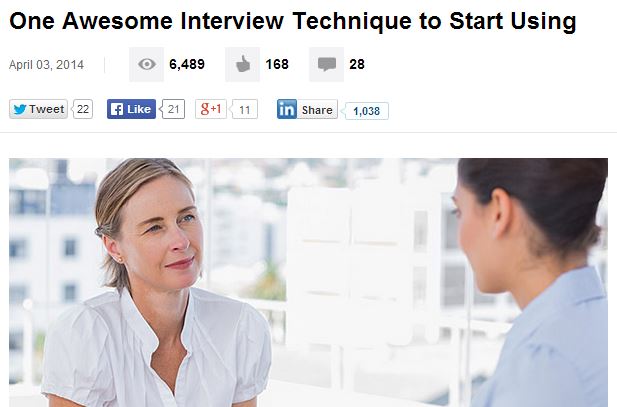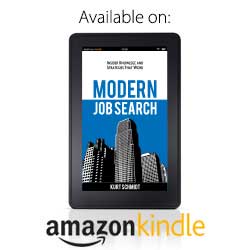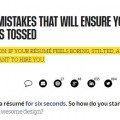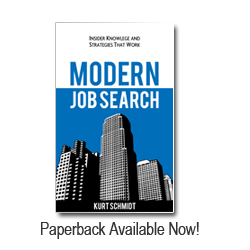
Turning Interviews Into Conversations
By Kurt Schmidt In Blog, News On April 3, 2014
In a recent LinkedIn “Influencer” Post, writer Jeff Haden excerpted an interview between management coach Rodger Dean Duncan and Jim Lehrer in which they discussed how to turn interviews into conversations. The post, like the interview between Duncan and Lehrer, focused on the hiring manager side of the equation, and was about pausing after hearing a candidate’s answer to a question and giving them extra time to elaborate.
The idea is that by creating unnatural pauses, candidates will fill the gap and continue talking, often either expanding on their original answer or talking about something new and in both cases providing more information, good or bad. This is true, people will fill silences in conversations and typically the “gap filler” is not the person who initiated the silence – making pauses a useful conversational tool for both sides.
In my book, and as I have with candidates for years, I typically suggest turning the table on this technique – not to avoid it but rather to forward the same overall goal of turning an “interview” into a “conversation.” The method I suggest is for candidates to first control the length of their answers using techniques like the STAR method (situation, task, action, result) and then asking a question immediately after finishing their answer to shift the conversation back to the interviewer.
Simple questions are very effective – like: (pertaining to their answer) “Is that similar to how we might do things here? (notice inclusive pronoun “we”) or “Would you like more details about how we did X?” By asking a question at the end of an answer candidates take control over the pause and can avoid talking too much or revealing information that is not relevant to the question, interview or job.
Both parties in any interview stand to learn more and perform better by really listening to each other, not pre-planning all of the questions and answers, moving beyond the scripts and checklists, and doing their best to allow the interview to evolve into a more natural conversation instead of sticking to the standard interrogative interview format.








